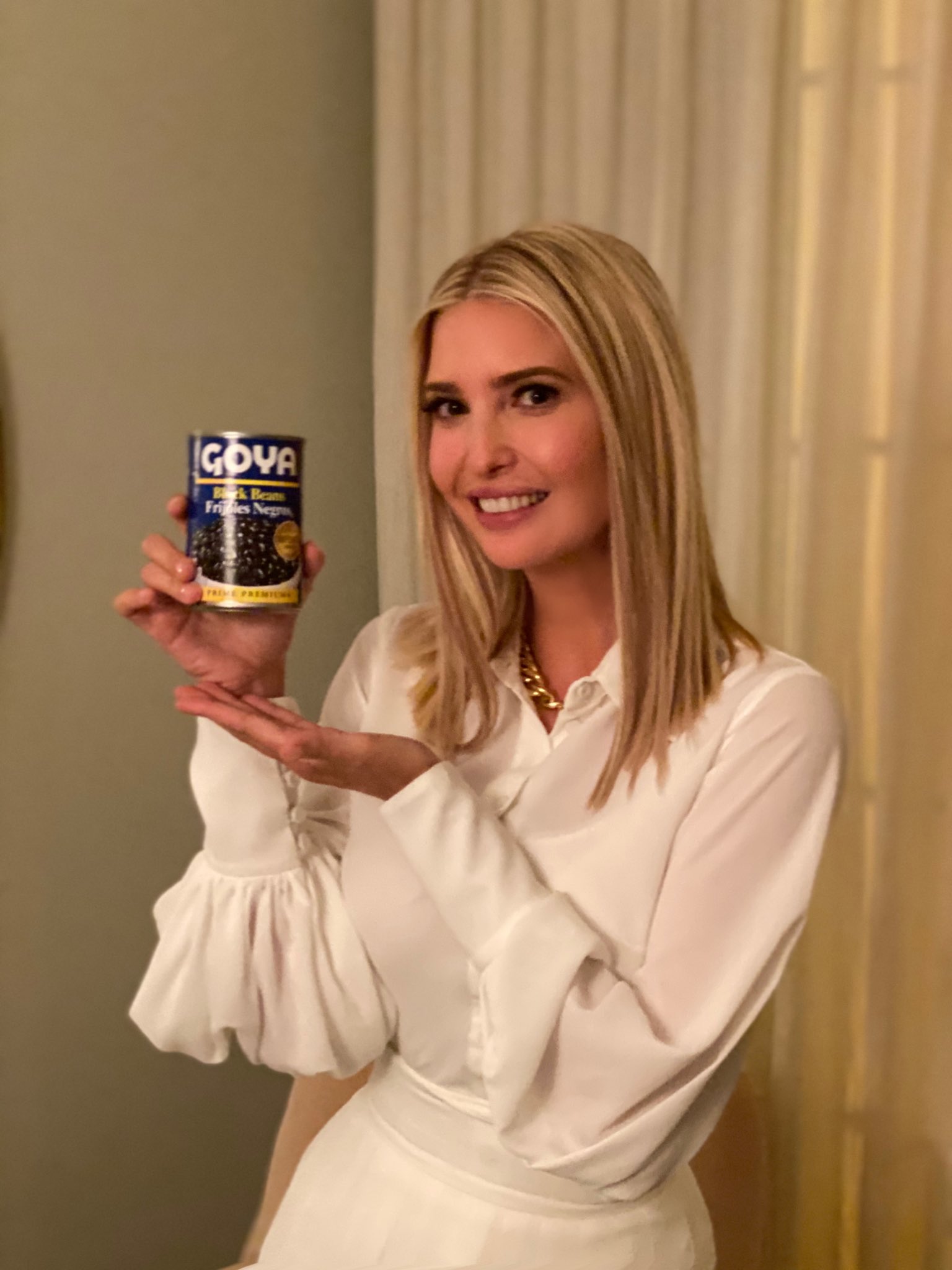 Jeannette Y. Wick
Jeannette Y. Wickpharmacytimes.com
Originally published 20 Feb 20
Here is an excerpt:
ANTIPSYCHOTICS: NOT FIRST LINE
A freestanding diagnosis of ADHD is not an indication for antipsychotic medications. Although no studies have determined which children who get an ADHD diagnosis are most likely to receive antipsychotic medications, mental health comorbidity is a possible factor.
ADHD often occurs in conjunction with other mental health conditions. Common comorbidities include conduct disorder (depression, or oppositional defiant disorder), and prescribers may use antipsychotic drugs to augment other approaches. The evidence does not support using antipsychotic medication for depression in youths, but some data support a risperidone trial for conduct disorder or oppositional defiant disorder in stimulant-resistant youths with ADHD.
A second concern is aggression. Aggression that stems from poor impulse control is common in youths who have ADHD, and it frequently occurs in children who have comorbidities. This behavior is often associated with a need for assessment, hospitalization, or urgent care and requires careful follow-up and cautious risk assessment. ADHD may not respond to stimulant medications, so prescribers may use antipsychotic drugs off-label in an effort to reduce aggressive outbursts. Research shows that antipsychotic-treated youths with ADHD often have clinical characteristics associated with aggression. However, few youths with ADHD who were treated with antipsychotics received the evidence-indicated trial doses of 2 stimulants before an antipsychotic.
The info is here.






























